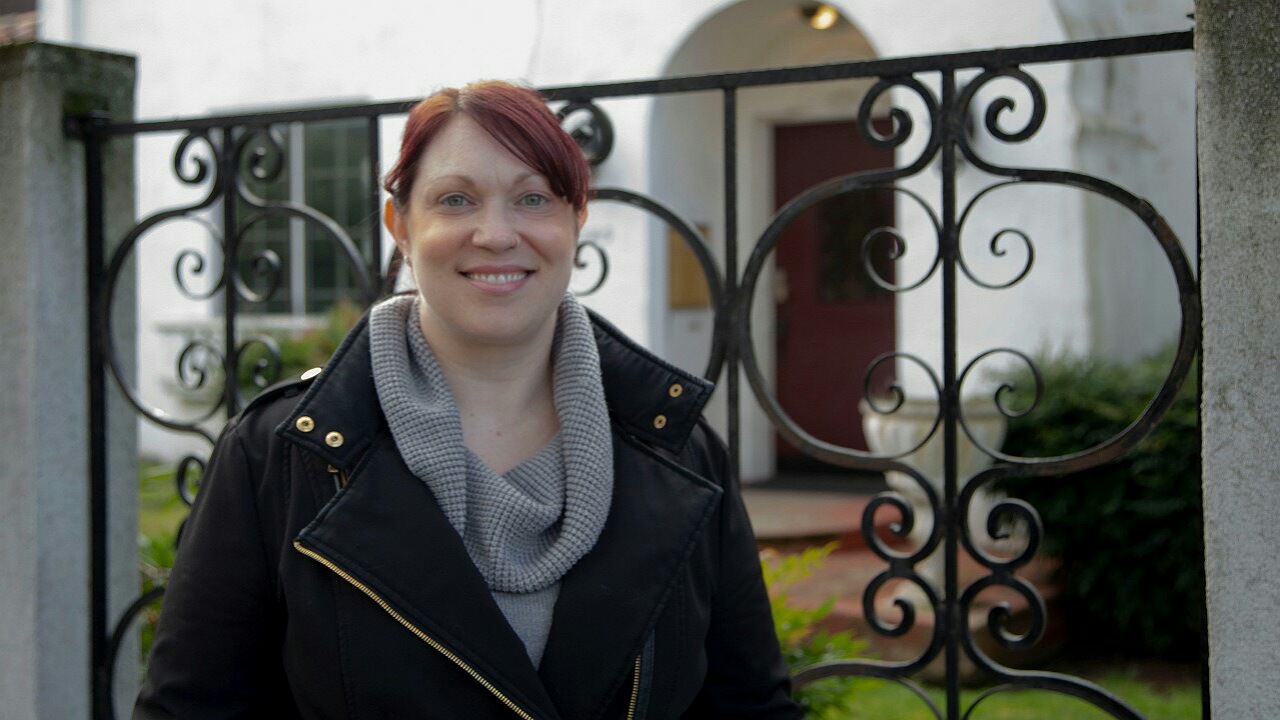
This year’s COVID-19 coronavirus will not be the last. As a first step toward confronting the outbreaks to come, we must improve risk literacy and learn to live with uncertainty, rather than allowing ourselves to be held captive by it.
*By GERD GIGERENZER
BERLIN – No one knows where or how fast a new virus will spread. We cannot calculate the risks with confidence, and we will know only in hindsight whether we overreacted or underreacted. Given this uncertainty, how we respond to a viral outbreak is as crucial as the nature of the pathogen. And how we respond to the COVID-19 coronavirus should be guided by what we have learned from past viral epidemics.
Don’t bet on it. The 2009 swine flu epidemic killed hundreds of thousands, mostly in Africa and Southeast Asia. But in Europe, where the threat was comparatively small, the media updated the death toll and the number of suspected cases on a daily basis. In the United Kingdom, the government predicted that as many as 65,000 citizens might die from the disease. In the end, fewer than 500 died.
Predictably, such daily accounting triggered fear and led politicians to make hasty, ill-advised decisions – such as stockpiling medication – without examining the evidence. All eyes were focused on the new, unknown virus, and not on protecting people from more lethal threats, such as seasonal influenza, which in 2009 killed orders of magnitude more people than swine flu. It still does – as would be clear if the media bombarded us with hourly updates of the flu-related death toll.
Similarly, millions of people, particularly in developing countries, die from malaria and tuberculosis each year. And in the United States alone, hospital-acquired infections kill some 99,000 patients annually. Yet, these unlucky people get next to no attention.
Why are we more scared of what is less likely to kill us?
The psychological principle that makes us fear swine flu, avian flu, or COVID-19, but not the common flu is called fear of dread risks. It is easy to elicit fear of episodes in which many people die within a short interval, such as plane crashes or epidemics. But when just as many or more people die over a longer period – as with car accidents or the seasonal flu – it is difficult to scare the public into wearing seatbelts or getting vaccinated.
Consider the paradigmatic millennial “virus”: terrorism. After the traumatic events of September 11, 2001, many Americans stopped flying and drove instead. It has been estimated that in the 12 months following the attacks, an additional 1,500 people lost their lives on the road while trying to avoid the risk of flying – far more than the total number of passengers who died on the four planes.
Terrorists strike first with physical force, which captures all the attention. Their second strike occurs with the help of our brains – our fear of dread risk that makes us jump from the frying pan into the fire. This second strike can be costly. Within two years of the 9/11 attacks, the US economy had lost over $100 billion, owing to reduced travel, business interruption, and event cancellation, the federal government had spent half a trillion dollars on security measures, and the American people accepted more intrusive state surveillance as a condition of their safety.
But an American today is more likely to be shot by a child than blown up by an Islamist terrorist.
It is not only terrorists whom we disproportionately fear. Back in 2009, the Egyptian government ordered all pigs in the country to be slaughtered, even though no cases of swine flu had yet been reported there. The government simply exploited fear of dread risk to persecute Egypt’s small Christian minority.
Today, Asian minorities in the US and Europe are paying the price for COVID-19. Citizens of Asian descent are viewed with suspicion, and Chinese restaurants from Berlin to San Francisco are reporting a drop in business of 50% or more as customers shun them. And, of course, the media have a stake in ringing alarm bells and keeping us glued to their pages, platforms, programs, and podcasts.
Fortunately, disproportionate fear of things that are unlikely to kill us is not hardwired into our brains. That is why risk literacy is so important. We need to be taught the mathematics of uncertainty, meaning statistical thinking. Just as being able to read enables people to understand texts, so statistical thinking enables us to understand and manage the risks we face.
Part of risk literacy is learning why we fear what we fear. In fact, understanding uncertainty and understanding psychology go together. That can help the public ask the right questions – and politicians to make the right decisions.
For example, when swine flu spread, many governments followed the World Health Organization’s advice and stockpiled Tamiflu, a medication that was marketed to protect against the severe consequences of flu. Yet, many expert advisers to the WHO had financial ties to drug manufacturers, and there is still no evidence that Tamiflu is effective. The US wasted over $1 billion, and the UK over £400,000 ($522,000), on this medication – money that instead could have been invested in improving health care.
Even with greater risk literacy, most politicians would need considerable courage to act on the basis of evidence rather than out of fear. But these are precisely the kind of leaders we need and would respect.
Achieving global risk literacy would give everyone a chance to approach situations such as the COVID-19 epidemic with a cooler head. This year’s novel virus will not be the last. As a first step toward confronting the outbreaks to come, we must learn to live with uncertainty, rather than allowing ourselves to be held captive by it.
*Gerd Gigerenzer is Director of the Harding Center for Risk Literacy at the Max Planck Institute for Human Development in Berlin.








